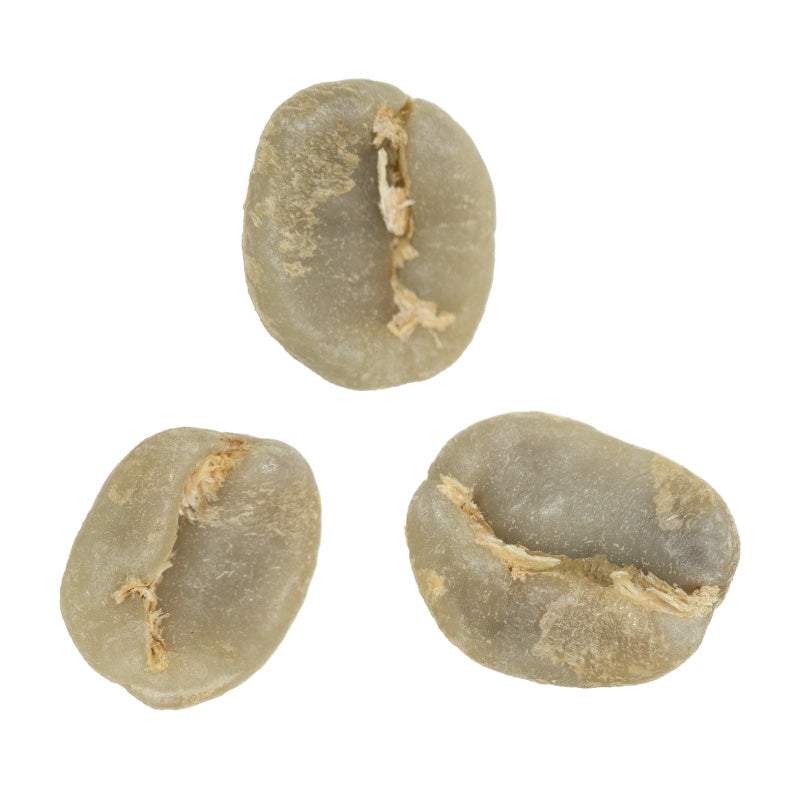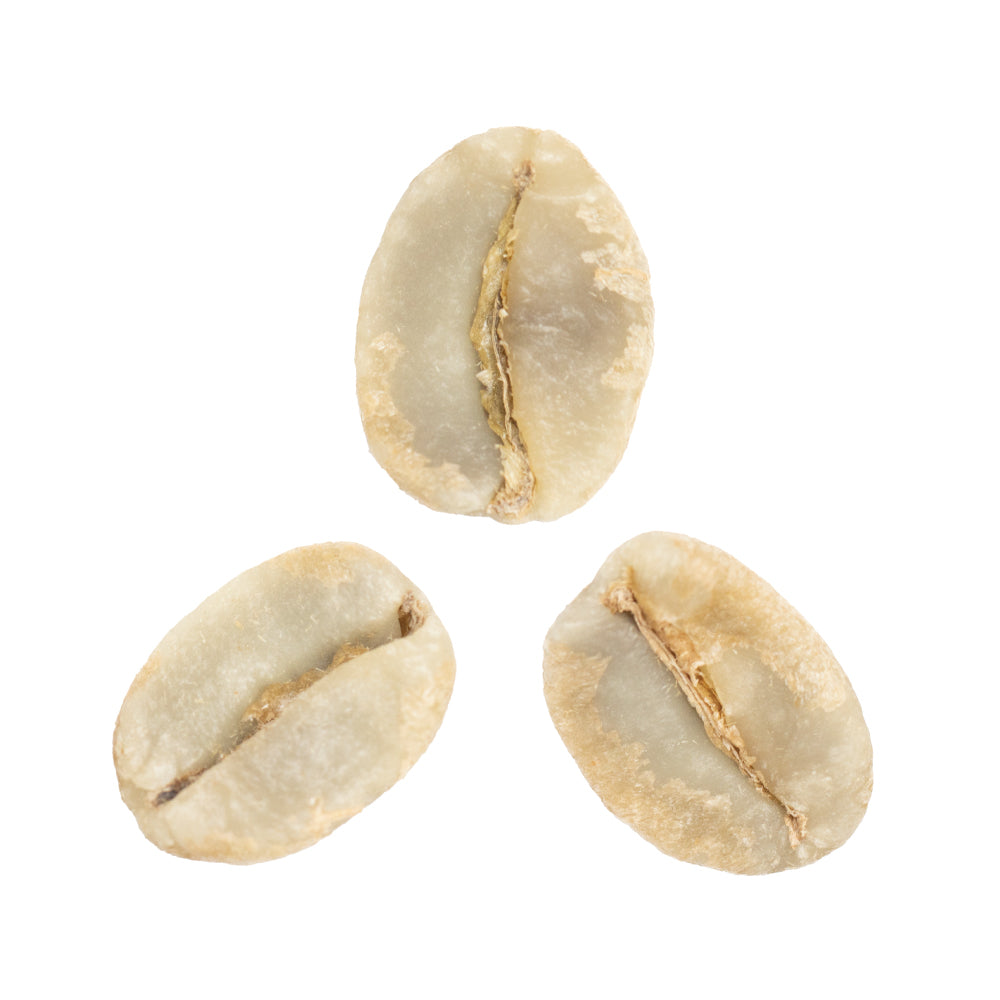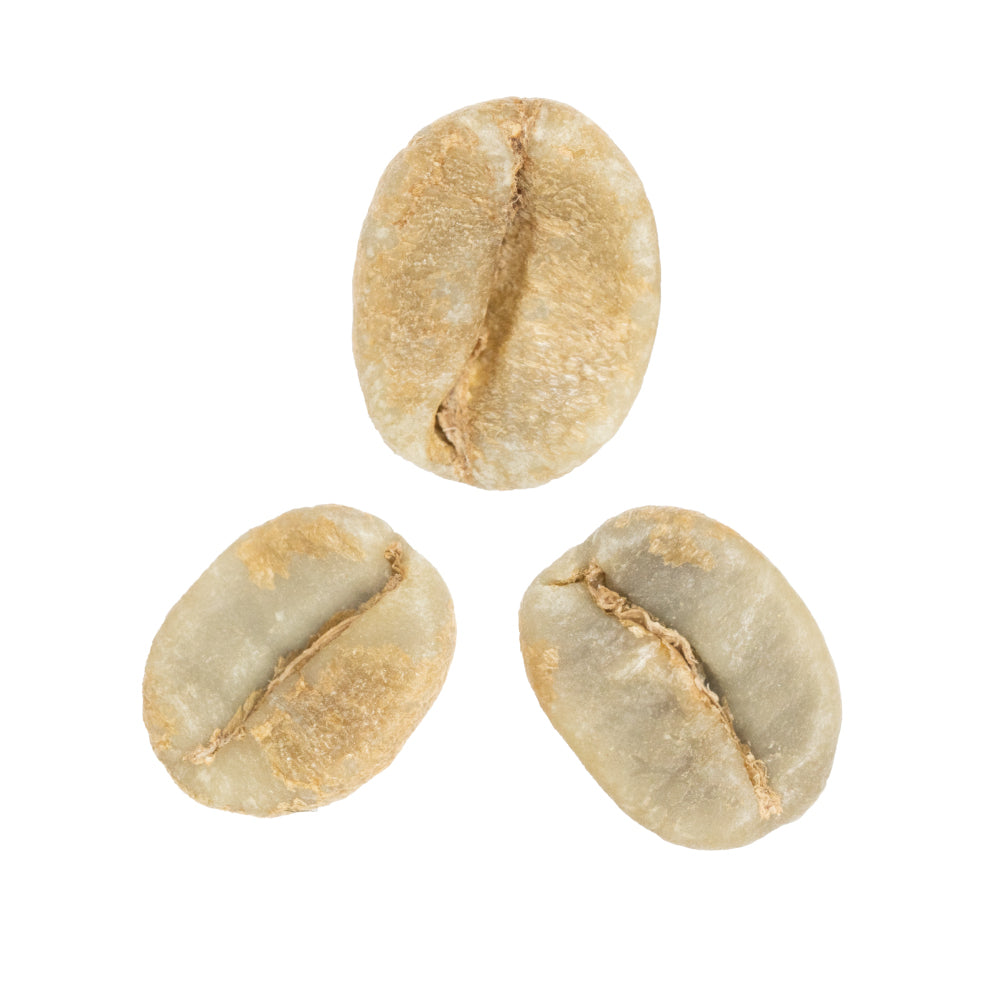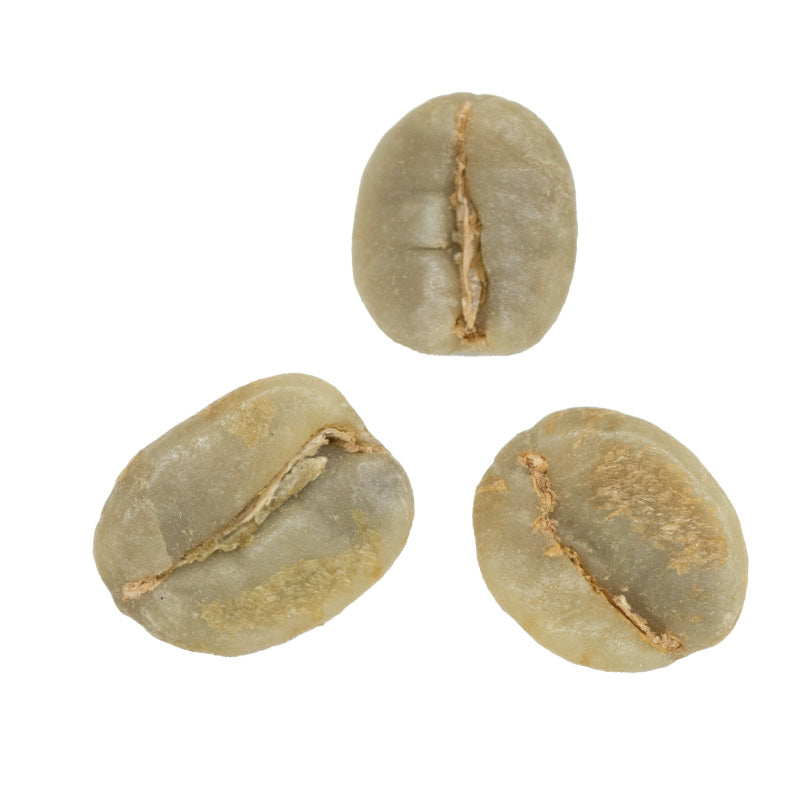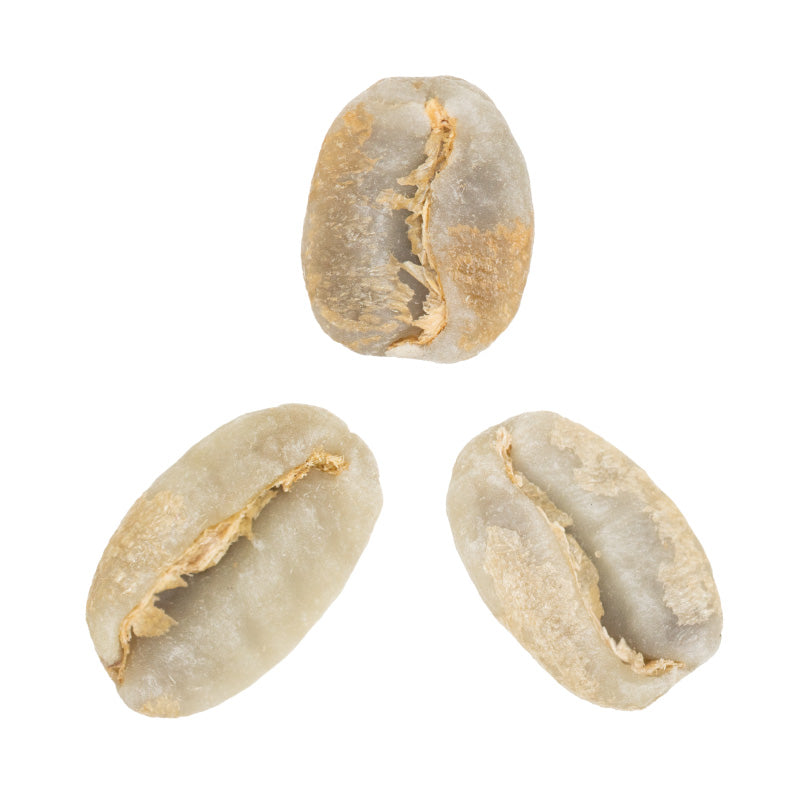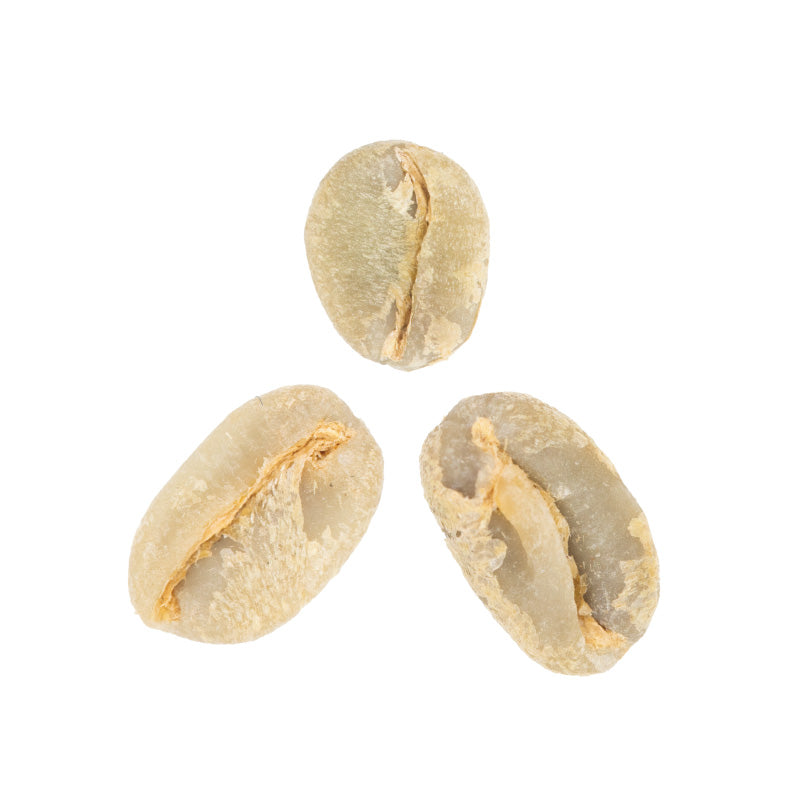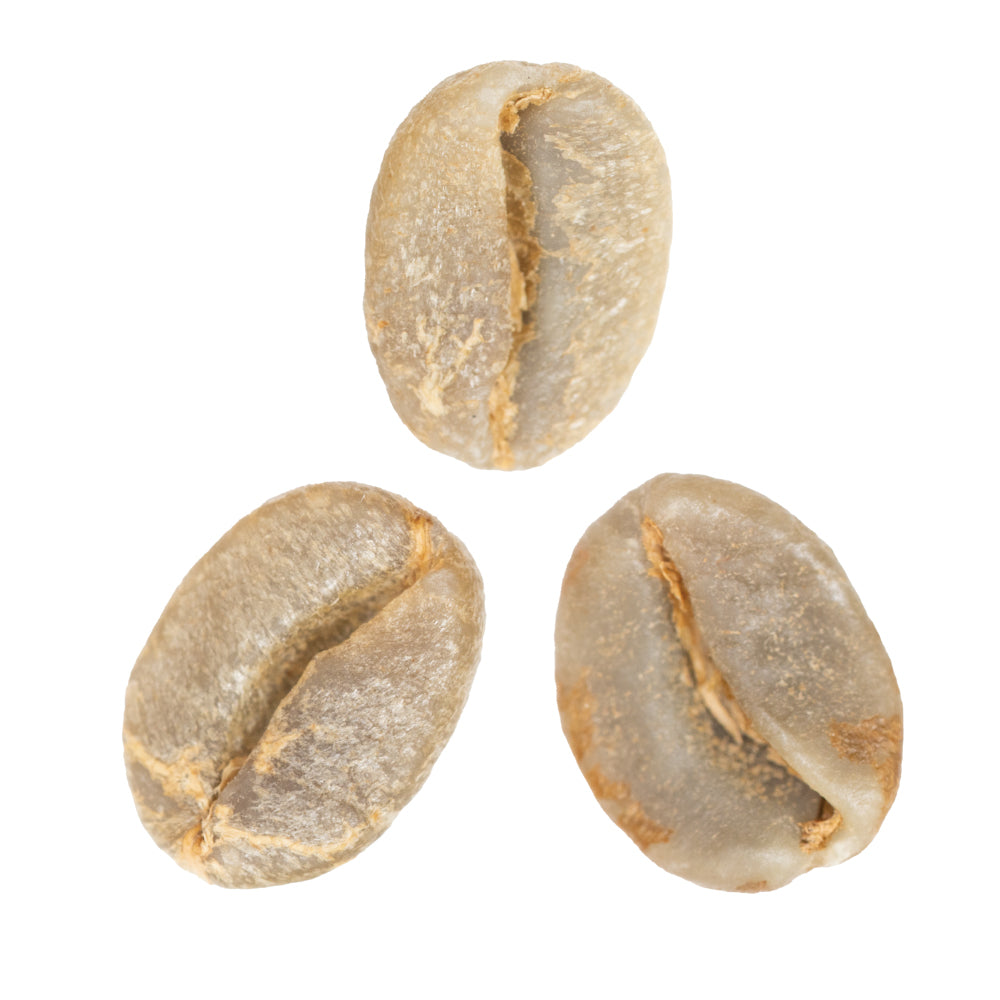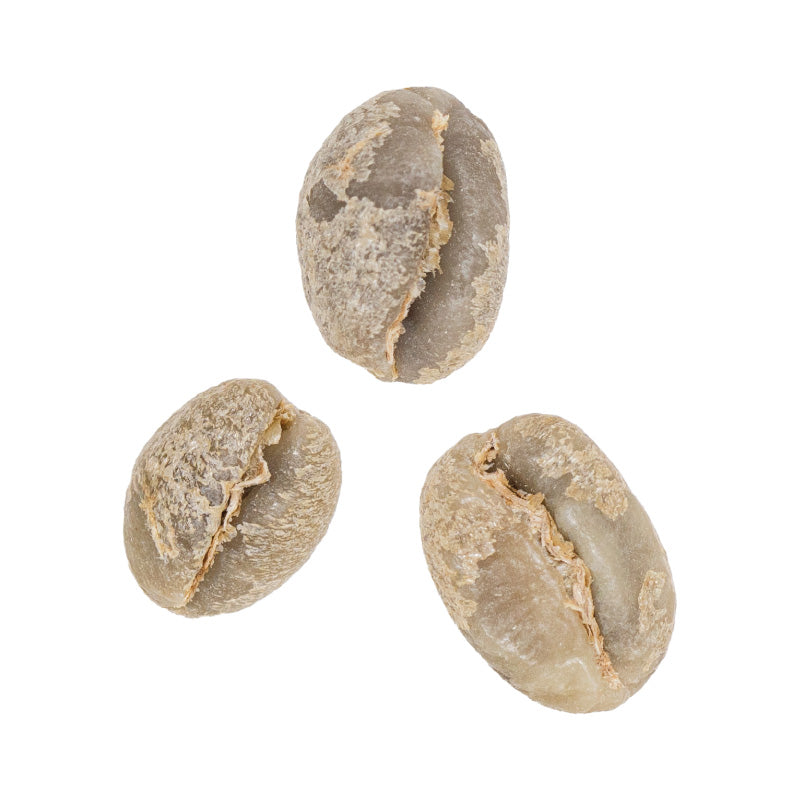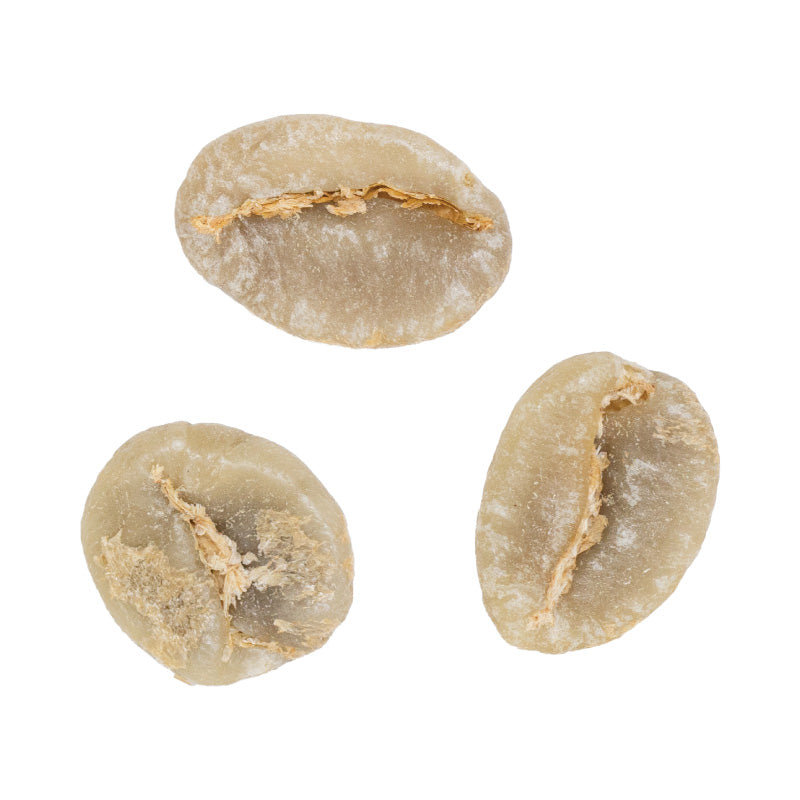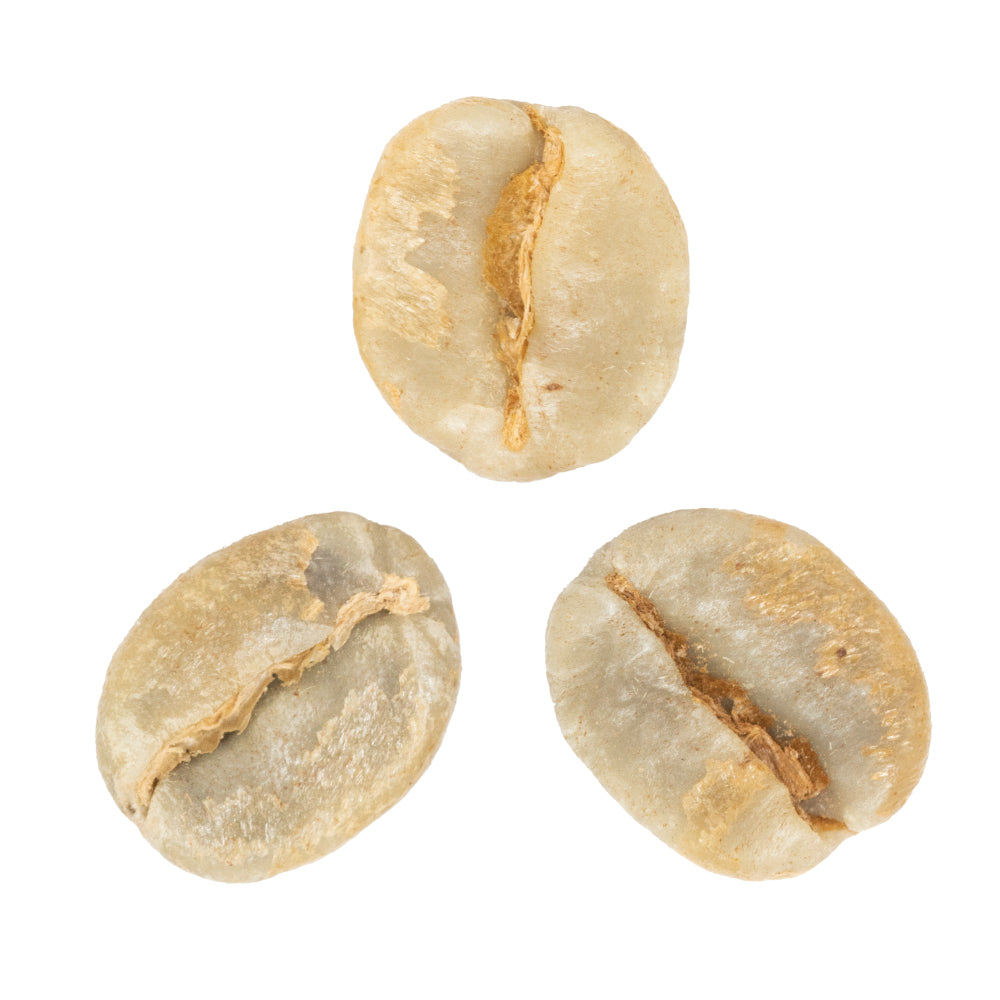Coffee Varieties Guide •
Read our Coffee Varieties articleHistory of Coffee
Every coffee bean begins as the seed of a bright red cherry growing on the Coffea Arabica plant. Those seeds are then extracted, processed, and packaged to become green coffee “beans”. But the Coffea Arabica plant originally comes from Ethiopia!
In that way, all coffee traces back to Ethiopia where, to this day, there are still thousands of unclassified coffee varieties, often known as “Heirloom” or “landrace” varieties.
But way back around the 1400 or 1500s–before people really knew what coffee was–someone took one of these coffee plants and transported it to Yemen.
The variety they took was Typica.
From Yemen, Typica was then taken and cultivated in India. Bit by bit, Typica seeds were planted elsewhere–first Indonesia, then Europe, then the Americas.
But the story really gets interesting when natural mutations began to occur.
In the 18th century, the French brought Typica to the island of Bourbon (pronounced: “boar-bone”; today, it’s the island of Réunion) and something amazing happened!
Growing in the soil of Bourbon, the plant mutated into a new variety!
This new variety (called “Bourbon” after the island) was more productive than Typica, more resistant to disease, and produced a sweeter, more complex cup of coffee!
Not only did natural mutations occur to create new varieties, so did natural cross-breeding.
In the 1940s, both the Typica and Bourbon varieties were growing in the same region in Brazil when they naturally crossbred with each other to create a new variety again: the Mundo Novo variety!
This variety had higher yields than either of its parents, lower susceptibility to plant disease, and better cup quality.
This process of mutation and cross-breeding continued wherever Typica or Bourbon–or any variety really–was planted around the world. These two varieties are considered the “parents” of most other varieties.
But where is Typica today, after centuries of mutations and migrations?
Where Is Typica Today
Although it was the one that started it all, Typica is not the most popular variety today due to its relatively low yield and its high susceptibility to pests and plant diseases. Especially in light of all of the new varieties out there that boast high yield and good cup quality, Typica isn’t the most in-demand.
However, it remains highly valued in the specialty coffee world for its high cup quality and has become a niche market for coffee connoisseurs, which the Jamaican Blue Mountain and Kona brands have taken advantage of.
It produces a clean, sweet flavor, with deep, sweet-and-savory notes that contain delicious chocolatey nuttiness. Depending on the region, there are also whispers of fruit or floral notes, adding to Typica’s complexity.
It’s fair to say that without the Typica variety, we wouldn’t have coffee. If you’ve never tried this sweet cup of chocolatey nuance yet, grab some today, and taste the O.G. variety that started it all.



